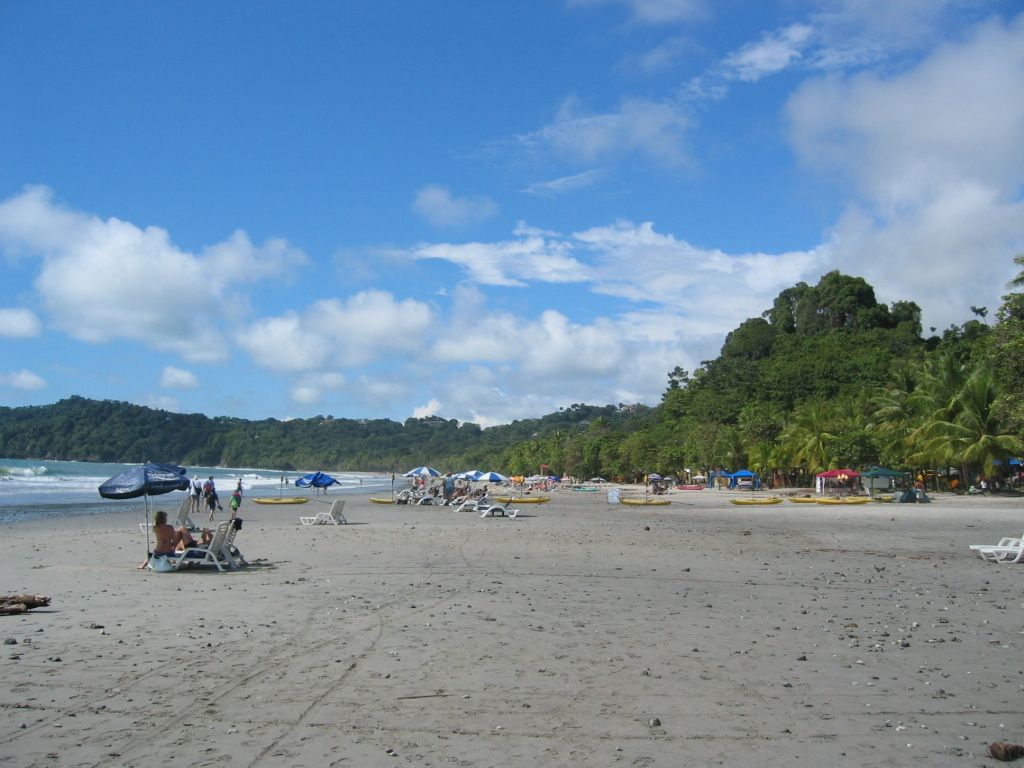Water Security for Children: Strategies to Ensure Safety in Aquatic Environments
Unleashing the Joy of Swimming: A Guide to Pool Safety
On a scorching day, there's nothing quite like a refreshing dip in the pool to beat the heat. But, like any exciting activity, it's crucial to prioritize safety, especially for the little ones. Here's a rundown of essential pool safety tips from pediatrician Richard So, MD, backed by the American Academy of Pediatrics (AAP).
Ready, Set, Swim!
Swimming might just be an essential life skill, as Dr. So firmly believes. Not only is it a terrific source of exercise, but it also boosts children's confidence and opens up social opportunities. Nevertheless, swimming lessons don't equate to an invincibility cloak; other pool safety practices are still vital.
Eyes on 'em!
When it comes to supervising kids in or around water, vigilance is key. A designated adult should always keep an unwavering eye on kids, free from distractions such as screens, books, loud conversations, alcohol, or stepping away for snacks or bathroom breaks. If a young child isn't a strong swimmer yet, an able adult should be in the pool with them, offering support and guidance.
Safety gear: the real deal
Pool toys may seem fun and appealing, but remember - they aren't the same as proper safety devices. The only trustworthy pool safety gear you can rely on is U.S. Coast Guard-approved equipment.
First aid: know your lifesaving moves
Accidents can happen. To be prepared, every swimming session should have an adult who knows CPR on hand. It's especially important to have someone who's CPR-trained when you're visiting someone else's home or attending a swim party.
Time for a break
After a while, swimming can become tiring. Regular breaks not only help rest little bodies but also remind kids to:
- Hydrate - staying hydrated keeps children energized.
- Use the bathroom - it's never a good idea to pee in the pool.
- Reapply sunscreen - apply water-resistant sunscreen with a minimum SPF of 30 at least 30 minutes before swimming and every hour or so afterwards.
Creating a Safe Pool Haven
For those lucky enough to own a pool, maintaining a secure, child-friendly environment is essential.
- Limit jumping opportunities - avoid creating makeshift diving boards.
- Cover drains - keep kids safe from getting hair or swimwear trapped in pool drains.
- Deflate small pools - when not in use, ensure inflatable pools are empty and deflated to prevent unsupervised swimming.
- Enforce the rules - be consistent in enforcing pool rules to maintain a safe environment.
- Secure in-ground pools - create a barrier by installing a fence at least 4 feet high, self-closing, and self-latching around the entire pool. Additionally, ensure the fence doesn't provide potential climbing aids.
So grab your swim gear, make unforgettable memories, and above all, stay safe! Enjoy your splash time to the fullest!
- Swimming, besides being a fantastic way to stay fit and boost children's confidence, can also be an enjoyable activity within the realm of health-and-wellness and fitness-and-exercise.
- To ensure a safe and healthy swimming experience, it's important to follow stringent pool safety guidelines, even when equipped with swimming skills.
- Creating a secure environment around the pool entails diligent practices to minimize accidents and make the pool a pleasant place for both fun and relaxation, contributing to the overall well-being of all users.







